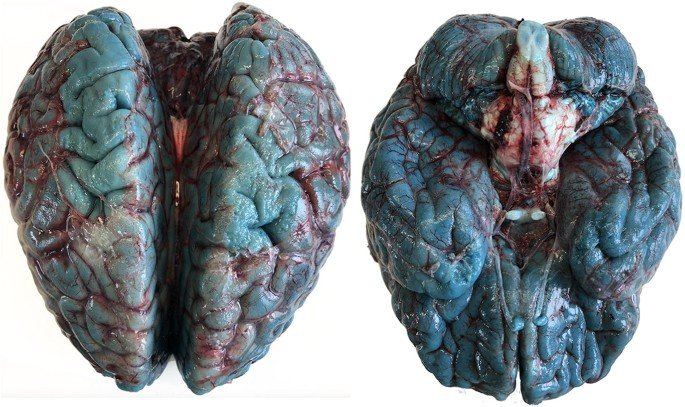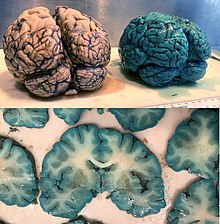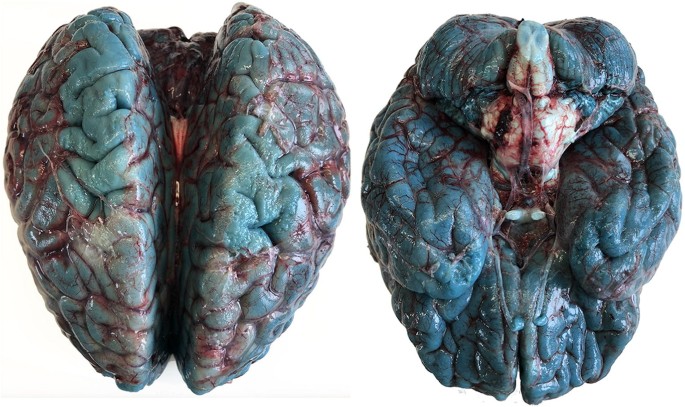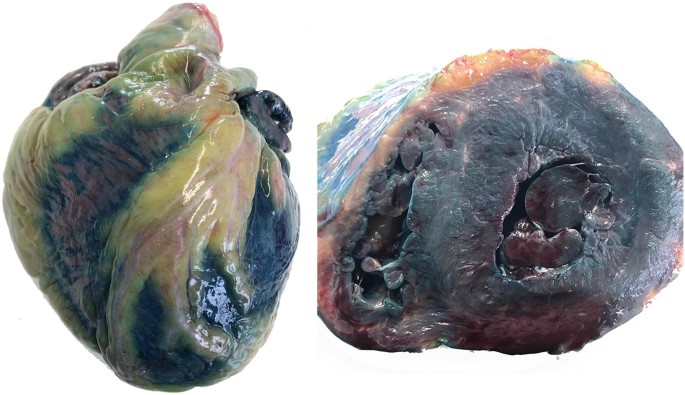
How much do you know about methylene blue and its effects on the brain? You might have come across it in the context of various scientific studies or even in discussions around its applications in medicine. It’s a fascinating compound with a layered history and a range of potential benefits. Let’s unpack how it interacts with your brain and what that means for your overall health.
What is Methylene Blue?
Methylene blue is a synthetic dye that has been used for a variety of purposes, ranging from biological staining in laboratories to treatments for medical conditions. Originally developed in the late 19th century, it’s found its way into the pharmacy as well, particularly in treating methemoglobinemia, a rare blood disorder. You might also hear about it in the context of research on neuroprotection.
Chemical Composition and Properties
At its core, methylene blue (MB) has a simple chemical structure, which is a bit like a ticket into the complex world of biochemical reactions. It has a molecular formula of C16H18ClN3S and appears as a blue powder or solution. The chemical properties of methylene blue enable it to participate in various redox reactions, making it a unique player in both biological and chemical contexts.
How It Works in the Body
When methylene blue enters your body, it acts primarily by enhancing mitochondrial function. Mitochondria are often referred to as the powerhouses of the cell, generating energy needed for cellular functions. By promoting energy metabolism, methylene blue has the potential to alleviate forms of stress on your cells, especially in the brain, where energy demand is exceptionally high.
Methylene Blue and Neuroprotection
You might wonder why Neuroprotection is such a hot topic in the medical community. The brain is an intricate and sensitive organ, and it’s susceptible to damage from a variety of sources, including oxidative stress, inflammation, and neurodegeneration. Methylene blue has shown promise in studies aimed at protecting neural cells.
Oxidative Stress and Antioxidant Effects
Oxidative stress occurs when there’s an imbalance between free radicals and antioxidants in your body, leading to cellular damage. One of the appealing aspects of methylene blue is its antioxidant properties, helping to mitigate this imbalance. It seems to scavenge free radicals, which can have beneficial effects on cell viability.
| Methylene Blue Antioxidant Effects | Description |
|---|---|
| Scavenging Free Radicals | Methylene blue actively neutralizes harmful free radicals. |
| Enhancing Antioxidant Enzymes | It appears to boost the activity of certain enzymes that further protect cells. |
| Reducing Lipid Peroxidation | By preventing the oxidation of lipids, it may help maintain cellular integrity. |
Enhancing Mitochondrial Function
The relationship between energy production and brain function can’t be understated. Methylene blue stimulates the electron transport chain within mitochondria, leading to increased ATP production. This increase can empower neurons, making them more resilient against various stressors.
Some researchers even believe that enhancing mitochondrial function might help in conditions like Alzheimer’s disease and other neurodegenerative disorders. If you or someone you know is concerned about cognitive decline, the intrigue around methylene blue could lead to some promising discussions.

This image is property of ars.els-cdn.com.
Memory and Cognitive Functions
As you ponder the depth of your own memory and cognitive functions, consider how methylene blue might influence these areas. Research suggests that this compound can enhance memory formation and cognitive processing, possibly offering up new pathways for future therapies.
Memory Enhancement Evidence
There have been several animal studies indicating that methylene blue could lead to improved memory retention. For instance, in rodents, certain doses have demonstrated enhancements in working memory and spatial learning tasks. While it’s tempting to draw direct parallels to human cognition, more research is necessary to make definitive claims.
Potential Applications in Treating Dementia
As dementia prevalence rises globally, finding effective treatments becomes increasingly crucial. Some studies have indicated that methylene blue may help in preventing cognitive decline associated with aging. By investigating its role in promoting cognitive resilience, the scientific community hopes to harness its potential for therapeutic uses.
Methylene Blue and Neurodegenerative Diseases
When it comes to serious conditions like Alzheimer’s or Parkinson’s, the stakes couldn’t be higher. Understanding how methylene blue interacts with these diseases brings hope for potential interventions.
Alzheimer’s Disease
Research into methylene blue and Alzheimer’s disease is promising but still in its nascent stages. Some studies suggest that it might reduce beta-amyloid aggregation, a hallmark of Alzheimer’s pathology. By modulating this aggregation, it’s possible that methylene blue could slow disease progression.
Parkinson’s Disease
Parkinson’s disease presents its own unique challenges, primarily due to dopamine depletion in the brain. Some animal models have indicated that methylene blue may help preserve dopaminergic neurons, potentially offering a new approach to managing symptoms.
| Neurodegenerative Diseases | Potential Effects of Methylene Blue |
|---|---|
| Alzheimer’s | May reduce beta-amyloid buildup. |
| Parkinson’s | Could help preserve dopamine-producing neurons. |
| Huntington’s | Early research suggests potential benefits. |

This image is property of upload.wikimedia.org.
Risks and Side Effects
While the potential benefits of methylene blue are intriguing, it’s equally important to be aware of the risks and side effects associated with its use.
Common Side Effects
Methylene blue is generally well-tolerated when used in medicinal formulations. However, some individuals might experience side effects such as:
- Dizziness
- Nausea
- Headaches
These may not occur for everyone, but it’s worth discussing with a healthcare professional if you’re considering its use.
Contradictions and Precautions
There are certain conditions where Methylene blue is not recommended. If you have a hypersensitivity to it or are taking medications such as SSRIs, the risks may outweigh the benefits. It’s vital to seek guidance from a medical professional before starting any new treatment plan.
Methylene Blue in Research and Therapy
A growing body of research aims to bridge the gap between laboratory findings and clinical applications. You might be wondering: how and when might methylene blue be applied therapeutically?
Current Research Directions
Researchers are currently examining methylene blue not just in neuroprotective roles, but also in psychiatric and metabolic disorders. Studies are focusing on its potential to enhance learning and memory in clinical populations, particularly among those with cognitive impairments.
Future Therapies
As the understanding of methylene blue expands, we could witness new forms of treatment emerging, potentially allowing for its use in combination therapies. This might pave the way for comprehensive approaches addressing a multitude of neurological disorders.

This image is property of media.springernature.com.
The Future of Methylene Blue
With every new discovery about methylene blue, the potential for positive impact on brain health grows. It’s clear that the research is just beginning, and many questions remain.
Overcoming Challenges in Research
One of the significant hurdles is establishing optimal dosing for both efficacy and safety. If you’re fascinated by the intricacies of pharmacology, you’ll appreciate that even small variances in dosage can lead to vastly different outcomes.
Public Perception and Awareness
Increasing public knowledge about methylene blue could catalyze interest in research funding and exploration. As more people learn about its possible applications, voices advocating for research will grow louder.
Conclusion
Methylene blue is a compound that has captured attention for its multifaceted potential, especially in the realm of brain health. While it opens doors to exciting possibilities, the scientific community understands that further research is critical.
By engaging with ongoing studies and staying informed, you can contribute to the dialogue around this intriguing compound. The journey of understanding how methylene blue affects the brain is just beginning, and it’s an adventure well worth following.
Whether you’re drawn to its historical usage, scientific intrigue, or potential therapeutic applications, methylene blue remains a captivating topic for anyone interested in the brain and overall health.

This image is property of media.springernature.com.